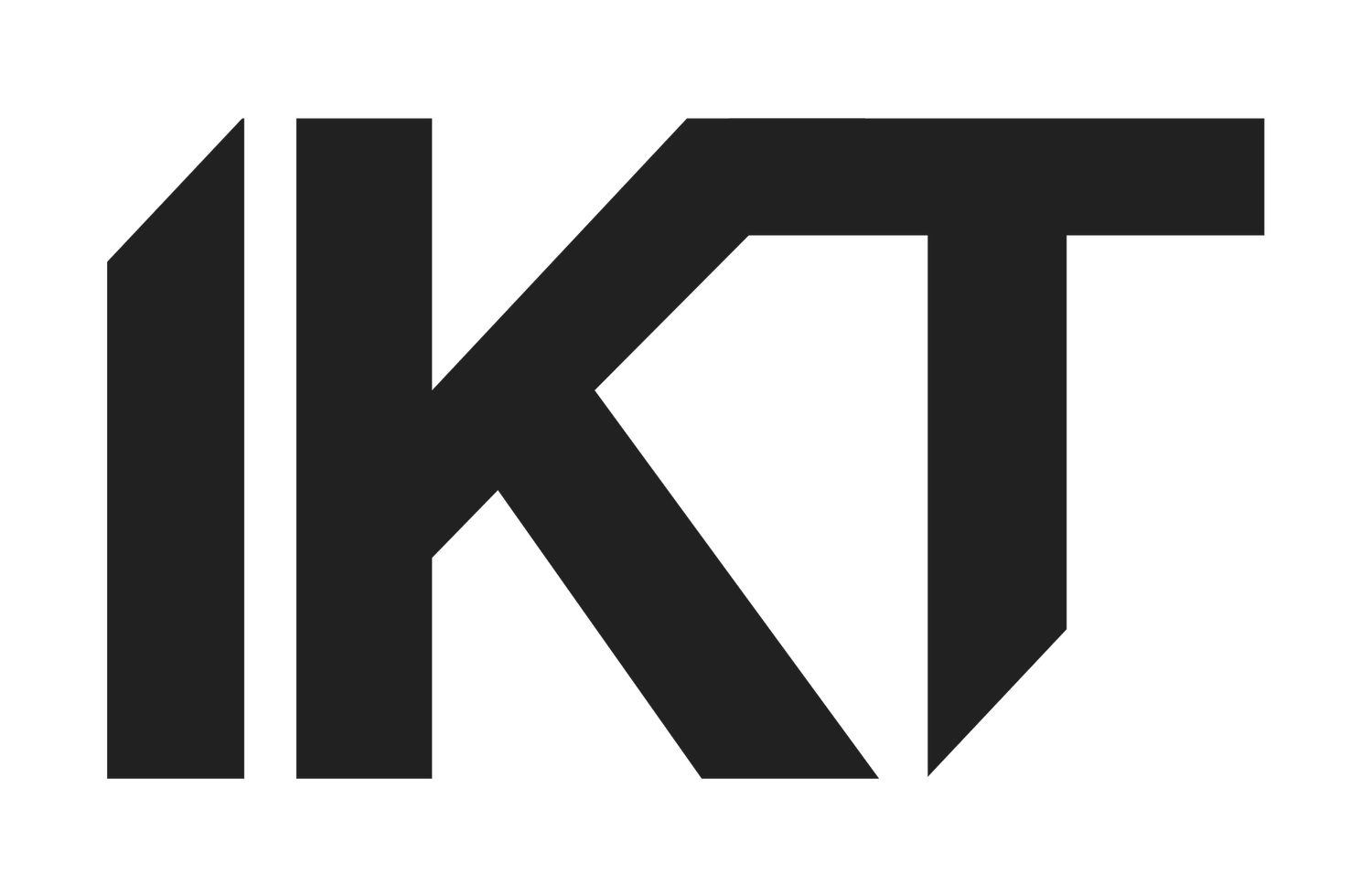69. Małgorzata Żerwe’s Threads
69. Małgorzata Żerwe’s Threads vol. 1
Artist: Małgorzata Żerwe
Curator: Marta Wróblewska (IKT Member)
Venue: Gdańsk City Gallery 2 (Powroźnicza str. 13/15, Gdańsk, Poland)
Dates: 05.07.2024 - 06.10.2024

















All images by Alina Żemojdzin
The exhibition celebrating Małgorzata Żerwe’s 70th birthday and 50th year in the Tri-City cultural scene has an open and hybrid character. Presented in two instalments – a chronological and problem-based overview at the Gdańsk City Gallery (GGM2), and a dynamic site-specific installation at WL4 – it is an attempt to summarise, catalogue and interpret the artist’s multidisciplinary oeuvre.
The leitmotif of Żerwe’s work is the thread recurring both in her woven works and the narratives that she spins. Identified with continuity, it intertwines texts and images, looping them around the symbolism of the number 69, which signifies harmony and infinity. The titular threads are incarnations of the archives collected by the artist, which comprise seemingly banal objects, found in nature or on flea markets, as well as stories of anonymous or named protagonists. At the exhibition, these archives take various forms, from the traditional orderly compilations of (arte)facts to re‑enactments of selected places: the Bizarre section recreates the atmosphere of Sopot’s SFINKS, while Studio is an overview of Małgorzata Żerwe’s student works collated with some of her later pieces.
Remembering is work, observed Walter Benjamin in The “Berlin Chronicle” Notices. A retrospective exhibition is an intensive exercise in memory. Reaching into the past, one must, like an archaeologist, uncover it layer by layer. This may be a source of valuable findings. This may also help outline a fuller picture of reality, past and present. An important aspect of Małgorzata Żerwe’s archaeology is critical reflection, often tinged with a hint of (self-)irony and humour. At times, she interlaces facts with fiction, playing with the ambiguity and potentiality of the resulting scenarios. In doing so, she often finds value in marginal areas, which gives her oeuvre a deeply humanistic perspective. Many of her works are anecdotal records of the fleeting and incidental: impressions, emotions, moments. These mini-archives of everyday life spur reflection on the passing world, watched with only the slightest of winks.
69. Małgorzata Żerwe’s Threads vol. 2
Artist: Małgorzata Żerwe
Curator: Marta Wróblewska (IKT Member)
Venue: WL4 –Space for Art, Milk Peter (Gdańsk shipyard, Poland)
Dates: 30.08. 2024 - 30.09.2024
















All images by Alina Żemojdzin
The second part of the exhibition celebrating Małgorzata Żerwe’s 70th birthday and 50th year in the Tri-City cultural scene, is devoted to a single genre fundamental for the artist – large-scale fibre art. The presentation in WL4 consists of pieces from the cycles Chasubles, Reliefs and Walls created in the 1980s and 1990s. They form a dynamic installation which enters into a dialogue with the architecture of the brick building of Mleczny Piotr [Milk Peter] situated at the edge of the Imperial Shipyard in Gdańsk.
Having studied under Professor Józefa Wnukowa at the Gdańsk State Higher School of Fine Arts (currently Academy of Fine Arts), in 1979 Żerwe was one of the first to major in textile art as a leading medium. The artist continued her research in this field, creating monumental works which reflect the evolution in her perception of space and light. With time, the grandiose Chasubles, inspired by historical vestments, assumed lighter and more luminous forms visible successively in Reliefs and Walls which embodied the idea of both internal and external landscape referred to in the text Wiązane wzwyż [Knotted upwards] by Danuta Wróblewska (1990).
“Bas-reliefs sculpted with sisal” – a stiff agave fibre, in the past used for rope making – the works are kept in almost monochromatic colour scheme, echoing the organic and natural colours of the earth. To make them the artist used thick ship ropes acquired in the Gdynia materials depot. She would chop them with an axe into one-metre sections, untangle them into single fibres, degrease and whitewash them, to finally dye them in large caldrons.
Each time both the heavy Chasubles and fleshy Reliefs, as well as more perforated and much less dense Walls which in WL4 have acquired a new formula of a suggestive space and sound installation Jungle, obtain their final shape in the process of manual wet forming. The flexible nature of the fibre enables the mobility of these compositions and provides a wide range of exhibition variants, as observed Irena Huml in her text Sztuka włókna – spotkania w czasie [Fibre art – meetings in time] (1994).
“Weaving is like mantra”, says Żerwe. It constitutes a record of gestures, often an almost automatic and subconscious sequence of moves. Touch transforms it into a performative medium inclined towards three-dimensionality and autonomy. Hence, fundamentally abstract woven forms can reverberate with up-to-date messages, becoming the instrument of non-verbal communication with both the viewer and the contemporary world.
